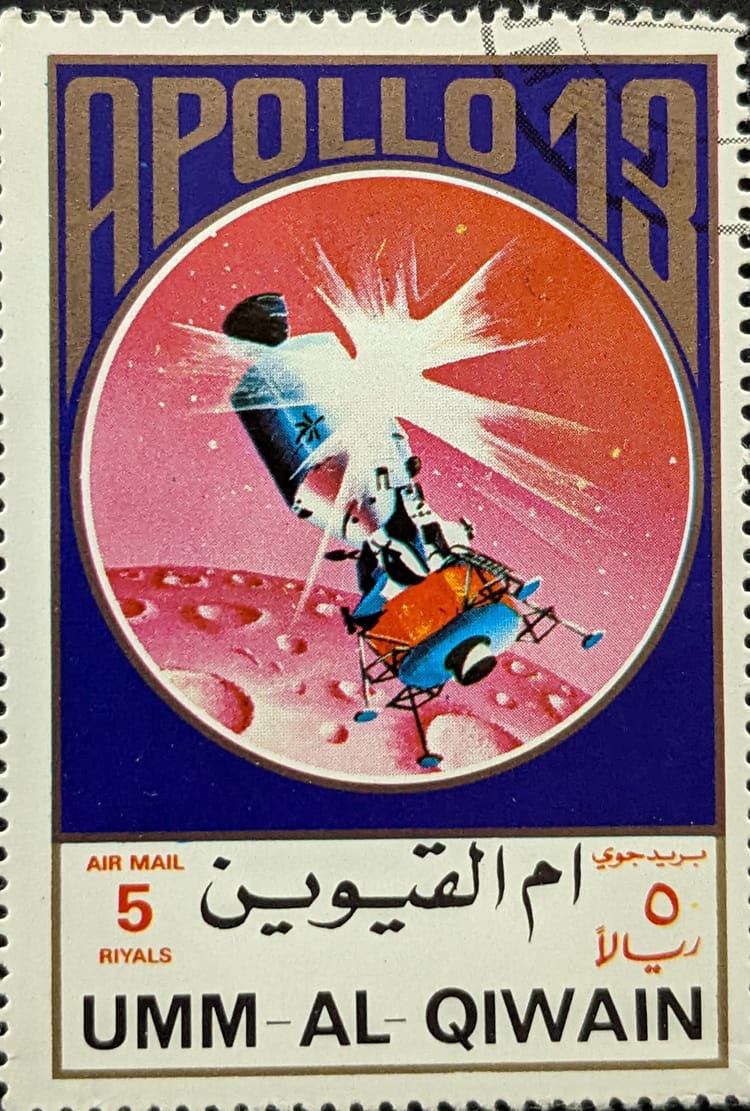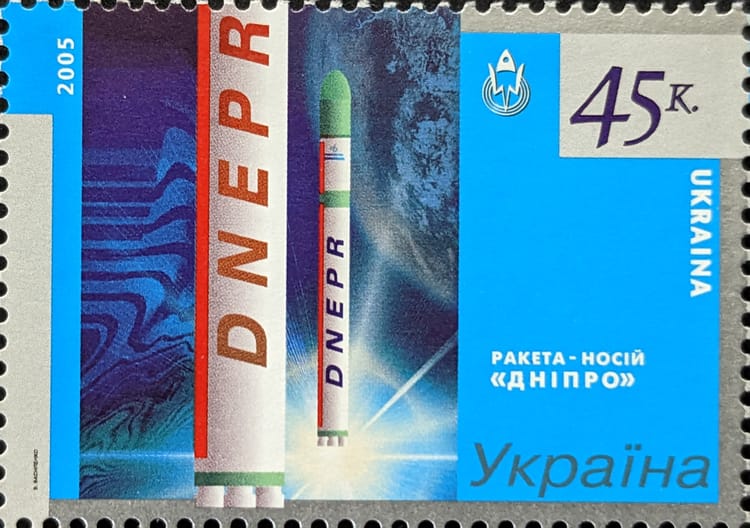Strength in FUD (Fear, Uncertainty, & Doubt)
Two space industry documents were published in the past few weeks that ultimately provided a “state of health” of the space industry. Earlier in April, the SmallSat Alliance rang the warning bell about the precarious health of some of the “new space companies” in the U.S. This warning was submitted as a paper to congressional committees and members of the Space Acquisition Council. The other document, Space Capital’s “Space Investment Quarterly” for Q1 2020, was posted last Friday. Each one tells a different story.
Miraculously, if predictably, Space Capital’s report showed investments increasing again during Q1, adding to the ever-growing space ventures’ investment slope. Admittedly, the slope was more gradual this last quarter, because of COVID-19, but it was still heading up (great for endorphin release). According to the report, although COVID-19 would make it challenging for space ventures to win investments, “...many investors are sitting on significant dry powder and will deploy opportunistically…” Which makes it sound as if space companies might be okay and that they will attract investors when timing/market is right.
Reading a few Passages from OneWeb’s Playbook?
The SmallSat Alliance paper did not present as optimistic a view of COVID-19’s impact on the “U.S. new space industry:”
“The COVID-19 crisis is creating new, profound market challenges, potentially driving US new space companies into bankruptcy or into the hands of predatory foreign government backed investors.”
The alliance offered the following steps to help fight back:
- Protect critical technology and intellectual property, especially in the hyper-competitive space domain;
- Accelerate investment to thwart adversarial capital and efforts by great power rivals to capture critical space technology;
- Drive new space products and services into operational use.
And at the end of the paper, there were even recommendations for how to do the above, which can be summed thusly: spend more money (on us). Quickly!
Considering the more considered market assessment of Space Capital versus the FUD- (Fear, Uncertainty, and Doubt) inducing words in the SmallSat Alliances’ paper, which might be accurate? My honest answer is “I don’t know.” Logically, the SmallSat Alliance’s government funding plea makes sense--the U.S. government is the largest source of money for U.S. space companies (as analyzed in “Sharing: Money, Missions, Influence”).
But there are some questions that need to be asked whenever “commercial” companies are asking for taxpayer-funded subsidies. Make no mistake--asking the government to shore up businesses that are supposed to be creating wealth is asking for a subsidy. Even if those companies offer commercial products and services. But is asking for these subsidies an admission that the companies’ products probably weren’t ever going to sell to commercial customers? Investors sitting on “dry powder” don’t appear to be investing in them either. Should the government fund those products?
Noteworthy is the inclusion of a veiled threat of what would happen if there were no government support for the “crisis:” “driving US new space companies...into the hands of predatory foreign government-backed investors.” This is akin to OneWeb’s attempts with a “stick and carrot” approach to getting the United Kingdom to provide the company a loan (analyzed in “OneWeb’s Loan-ly Quest”). At least one person high in the DoD is already feeling the pain of the small launch industry and wants to do something about it. This DoD concern shows that maybe the alliance didn’t even need to mention a stick.
The “foreign government” referenced in the alliance’s money-plea is likely China, and there is some truth within that threat. This guess is based on the spate of stories regarding China’s efforts to gain intellectual property and technology through investing in small American startups. And China’s efforts are a “panic-button” issue U.S. politicians have a predilection for posturing against with great vigor.
SmallSat Snowflakes
There are other U.S startups in the larger technology sector that have willingly parted with actual, critical intellectual property to a Chinese company in return for funding. How likely is it, however, that the smallsat companies “needing” government investment would have technologies that are critical and the intellectual property to back them up?
Which should be a question every congressperson or committee participant should be asking: are the products these companies are creating truly critical? Is there some sort of special formula for cubesat dimensions yet to be discovered by everyone who has launched a mission with them? Has an Earth observation constellation that hasn’t been deployed yet proven that it is critical? Does a smallsat launch system that hasn’t launched yet provide critical capability? Is it the government’s job to “[d]rive new space products and services into operational use?” I submit the answer to all those questions is “no.”
Are there really space products and services which the government could promote by operating them? Does the government understand who the potential clients are of these products and services for promotion purposes? Is it the government’s job to promote the products or services of the companies the SmallSat Alliance is representing? The answer to those questions is: maybe.
NASA has been promoting its Spinoff publication with technology and services that are somehow NASA-related for over forty years. Some of the showcases are actually space-related, not just merely used by NASA for some other thing--such as those winglets that make passenger jets more efficient in fuel consumption.
The European Space Agency (ESA) actively entices and sponsors businesses for space products services with its Business Innovation Centers. The United Kingdom has its Satellite Applications Catapult with aims similar to ESA’s programs. China and India have similar programs. Those programs show the government is willing to sponsor technology and services that demonstrate the usage of space infrastructure, technology, and services.
While this last step of the SmallSat Alliance’s paper has some backing, most of the programs listed above require their petitioners/businesses to demonstrate what it is the burgeoning startups will do. The SmallSat Alliance’s paper seems to make the assumption that the viability of the companies it’s worried about is already proven... even if customers/investors didn’t buy in (or buy in enough). As concerning, the first two steps (foreign adversarial investments/critical tech and IP) suggested by the SmallSat Alliance seem based on more dubious assumptions, as well as playing on people’s fears (to perhaps quell pertinent questions).




Comments ()